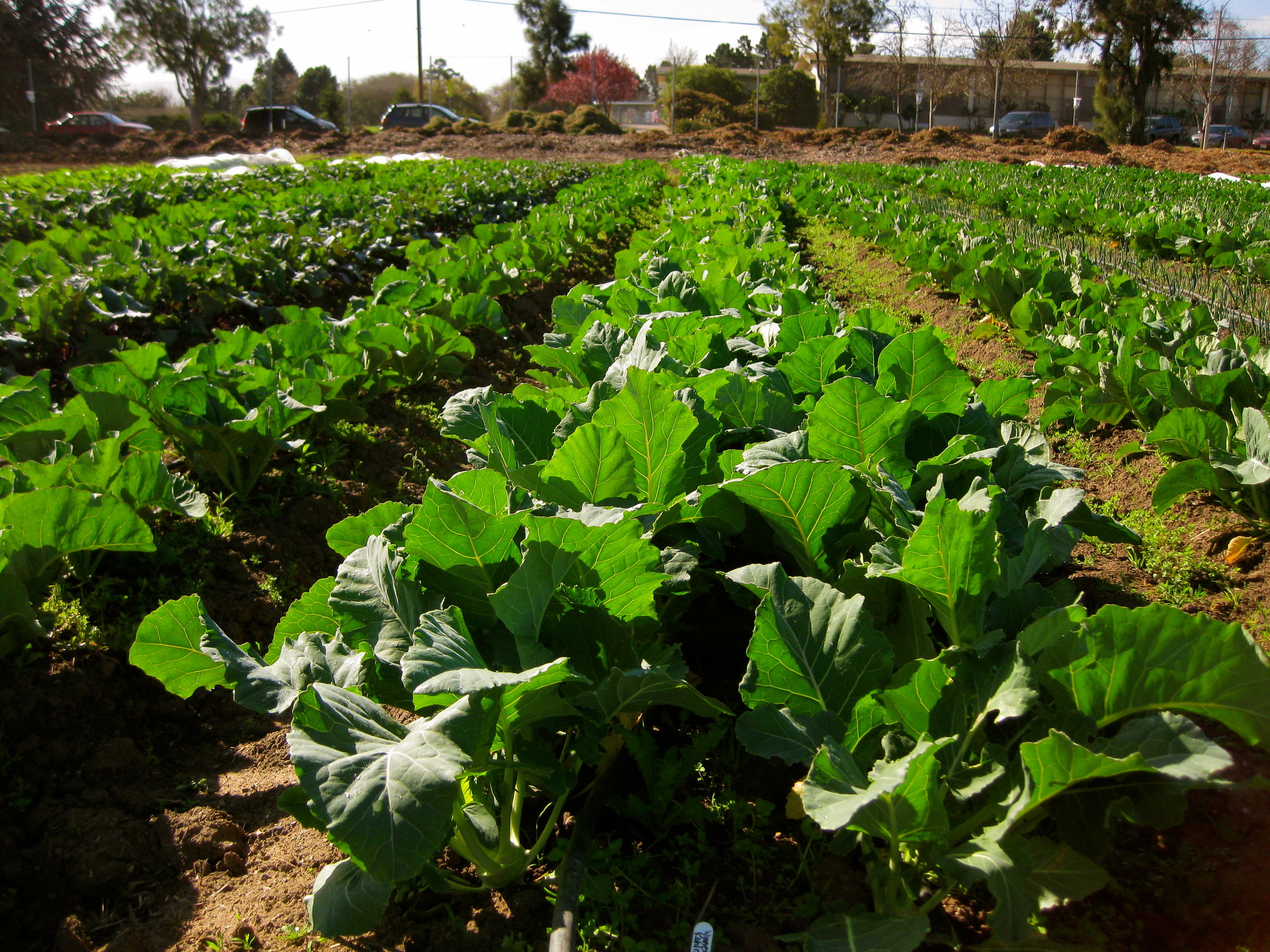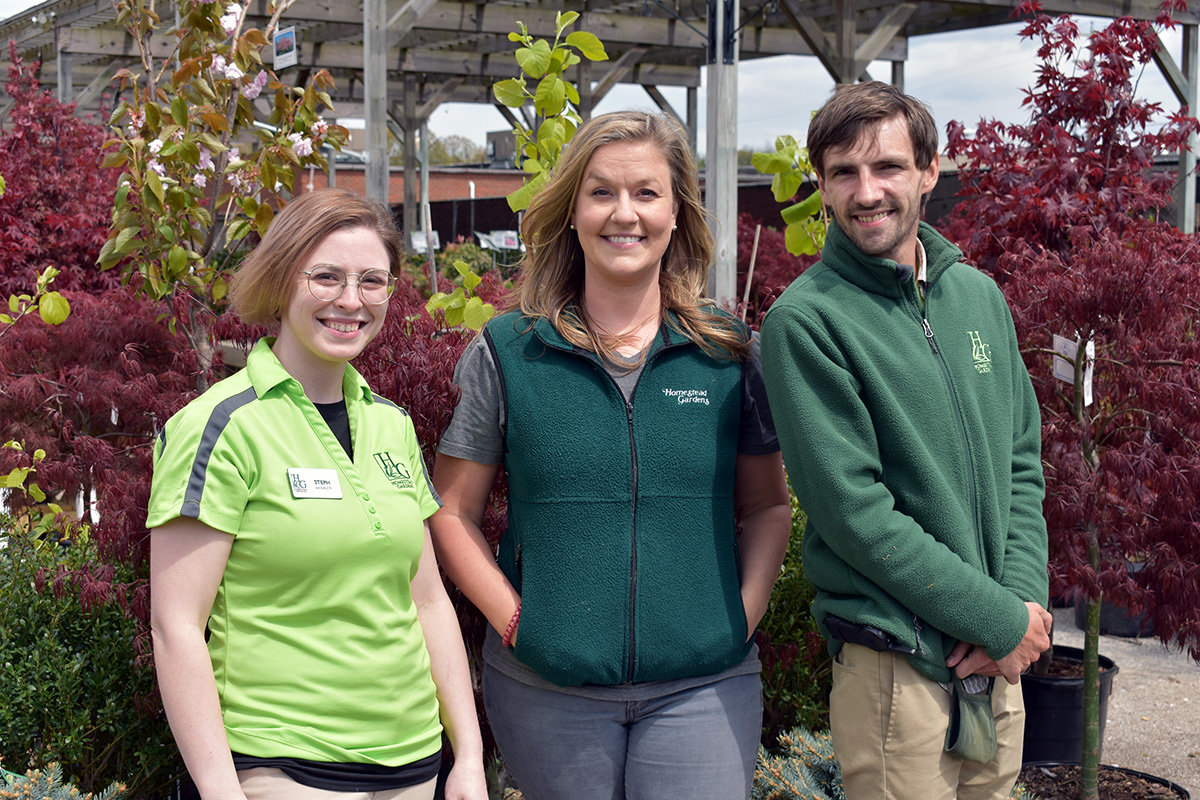Beginner’s Guide to Homestead Gardening at Home
Beginner’s Guide to Homestead Gardening at Home
Blog Article
Discover the Secrets to Creating a Efficient and beautiful Horticulture Space
Creating a lovely and effective gardening area is not simply a matter of growing flowers and veggies; it requires a calculated strategy that incorporates numerous crucial aspects. From choosing the right place based on sunlight and soil type to thoughtfully developing your layout and selecting appropriate plants, each decision plays a critical role in the success of your yard.
Picking the Right Area
Picking the ideal area for your garden is essential to its success and overall aesthetic charm. The very first action in this procedure includes assessing sunshine exposure, as the majority of plants call for at the very least 6 hours of direct sunshine daily (Homestead Gardening). A south-facing yard normally receives one of the most light, while shaded areas can hamper growth and blooming
Additionally, take into consideration soil quality and water drainage. Well-draining dirt is important to protect against waterlogged origins, which can result in plant diseases. Performing a soil test can provide beneficial info pertaining to pH levels and vitamins and mineral content, enabling you to change the dirt appropriately.
Furthermore, distance to water resources is another element to consider - Homestead Gardening. Having easy accessibility to a tube or watering system can streamline the watering procedure and encourage consistent plant treatment. Wind defense is also crucial; placing your garden near structures, such as fencings or wall surfaces, can secure it from extreme winds that might damage delicate plants
Lastly, consider availability for maintenance and harvesting. A well-placed garden permits practical accessibility, guaranteeing that you can quickly often tend to your plants without triggering excessive stress or disturbance. Thoughtful location selection lays the structure for a growing yard.
Selecting Plants Sensibly
When picking plants for your yard, it's important to consider aspects such as climate, soil conditions, and individual preferences to make certain a unified and effective area. A thorough understanding of your regional climate will certainly assist you in picking plants that grow in your details atmosphere. Selecting drought-resistant ranges is beneficial in arid regions, while moisture-loving varieties might be much more proper for areas with high rains.
Dirt problems are similarly important; carrying out a soil test can reveal pH degrees and nutrition content, permitting you to select plants that will prosper. Native plants are usually an excellent selection, as they are usually well-adapted to local dirt types and require less upkeep.
Reflect on your personal choices-- selecting plants that reverberate with your aesthetic preferences will certainly improve your satisfaction and dedication to preserving your garden. By very carefully examining these factors, you can produce a varied and thriving plant choice that raises your horticulture experience.
Creating Your Yard Layout
With a thoughtfully selected plant option in hand, the following action is to create a garden design that makes best use of both beauty and performance. Begin by assessing the available space, thinking about elements such as shade, sunshine, and wind patterns. A tactical design ought to include numerous areas, consisting of areas for planting, pathways, and perhaps seating.
Beginning with larger plants or prime focus, such as trees or high perennials, put tactically to create aesthetic interest. Layer smaller plants ahead to improve deepness and structure. Think about the development routines of your chosen plants; taller selections ought to be placed at the back or center of beds, while much shorter ones can line the sides.
Including paths not only helps with access for upkeep but additionally invites expedition. Use materials that enhance the yard's general visual, whether stone, wood, or gravel chips.
Additionally, think of seasonal modifications and how your format will look throughout the year. Incorporating evergreens alongside seasonal blossoms can make certain year-round charm. Ultimately, a well-designed garden format harmonizes the all-natural appeal of plants with useful factors to consider, leading to a space that is both welcoming and efficient.
Enhancing Dirt Health

To improve dirt wellness, start by conducting a dirt examination to examine pH levels, nutrition web content, and dirt structure. Integrate organic matter such as garden compost, well-rotted manure, or fallen leave mold to boost soil structure, water retention, and microbial activity.
Mulching is an additional efficient method; useful site it not just preserves dampness but likewise suppresses weeds and gradually improves the dirt as it damages down. Preventing excessive husbandry is critical, as it can interfere with soil framework and injury beneficial microorganisms. Rather, embrace no-till or very little husbandry techniques to maintain soil stability.

Preserving Your Garden Successfully
A well-maintained yard provides pride and performance, requiring consistent focus to make sure that plants thrive and the landscape remains inviting. Reliable garden maintenance includes a number of key techniques that boost the health and wellness of your plants and the overall aesthetic of your area.
Normal watering is vital; nonetheless, it is necessary to customize your watering schedule based basics upon the particular needs of your plants and local climate conditions. Mulching can help preserve moisture, reduce weeds, and manage dirt temperature. Furthermore, timely weeding stops competition for nutrients and resources, making certain that your plants thrive.
Trimming is another vital job. It urges healthy and balanced view website development, gets rid of dead or diseased branches, and forms plants to keep an appealing framework. Furthermore, checking for pests and illness is vital; early detection and intervention can conserve your plants from substantial damages.
Fertilizing should be executed attentively, making use of organic options whenever feasible to promote long-term dirt health. Seasonal jobs such as planting, splitting perennials, and preparing for winter season will ensure your garden continues to be vibrant year-round. By adhering to these techniques carefully, you can cultivate a yard that is both lovely and efficient.
Verdict
To conclude, the creation of a lovely and productive horticulture area needs mindful factor to consider of numerous key elements. Choosing an appropriate area with adequate sunlight, choosing suitable plants, making a cosmetically pleasing layout, improving dirt health and wellness, and making certain normal maintenance are vital components. By integrating these methods, one can cultivate a flourishing garden that not just boosts the landscape however also promotes ecological balance and sustainability. Such a technique inevitably results in a fulfilling gardening experience.
From choosing the right place based on sunshine and soil kind to thoughtfully making your format and selecting suitable plants, each decision plays a pivotal duty in the success of your yard. Well-draining soil is vital to stop waterlogged origins, which can lead to plant diseases.When picking plants for your garden, it's crucial to take into consideration elements such as environment, soil problems, and personal preferences to ensure a efficient and unified space. Eventually, a well-designed garden layout balances the all-natural charm of plants with sensible considerations, resulting in an area that is both welcoming and productive.

Report this page